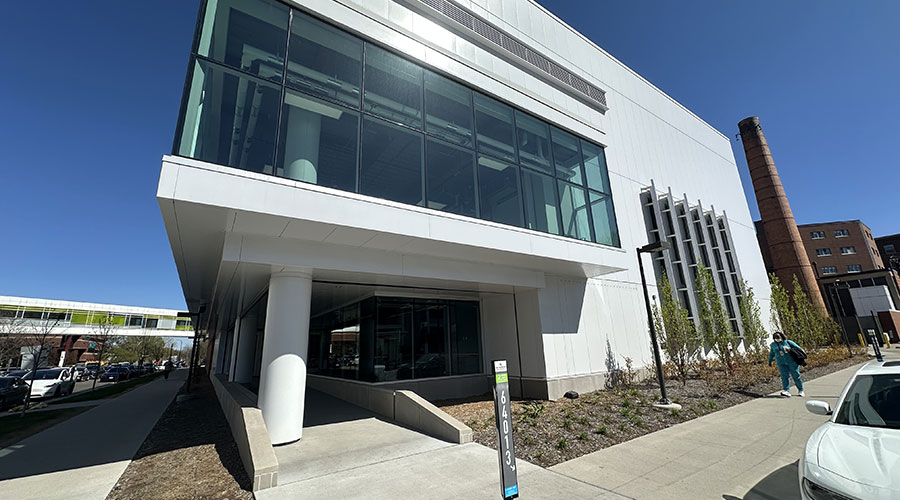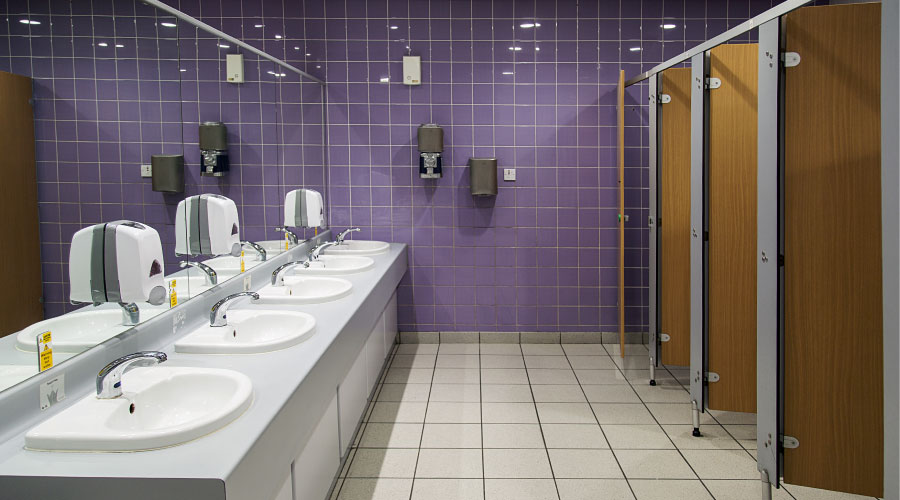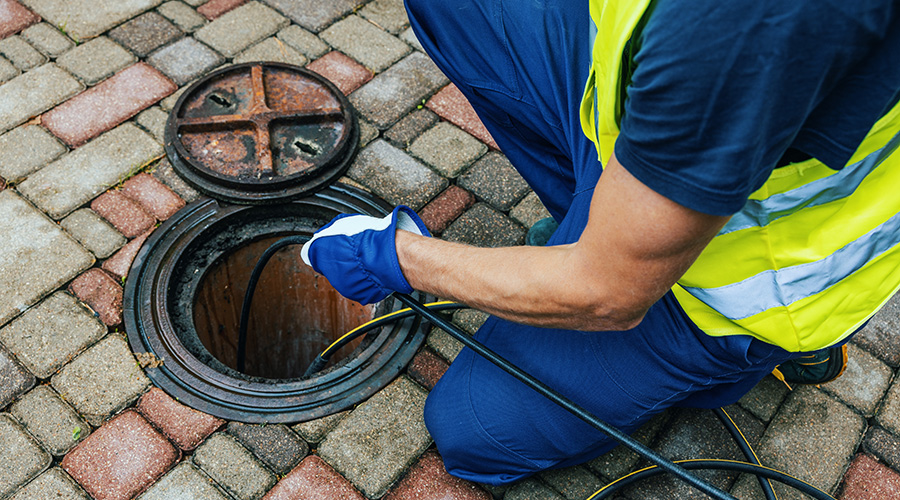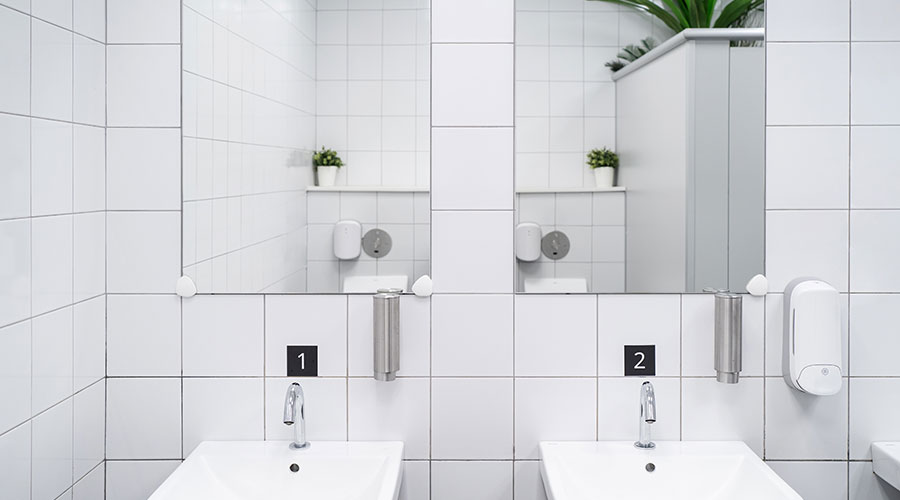Caesars Palace Reduces Water Use Intensity by Almost 20 Percent
Part 3 of a 3 part article on water-saving efforts at Caesars Palace
Because the upgrades to the plumbing, restroom and irrigation systems at Caesars Palace varied in size, depending on the system and the amount of work each project required to complete, both in-house staff and contractors took part in the work.
"We see a mix, depending on the availability of the in-house staff," Morris says. "Their primary functions are maintaining and operating the building, so for the bigger projects that take a lot of extra time or are more complex, we’ll outsource and bring in staff to do the installations. We will have in-house staff changing showerheads and aerators. That’s easy for them to do. If we’re installing VFDs and upgrading controls, we most likely would outsource that."
Specifying the systems and components installed as part of each upgrade involved collecting product information from a host of sources.
"We get information from both directions," Morris says, referring to the specification process for new showerheads. "We get it from vendors and manufacturers reaching out to the properties, and then it comes up the chain to us."
"We also get it through our strategic sourcing and our communication with vendors in trying to keep up with technology. We identify and try to keep up with products that way, as well. We’ll pay for (the upgrade) with corporate funds if there is a energy- or water-savings component to it that will justify it."
The results of the corporation’s water-saving upgrade projects have been impressive. With 2008 as a baseline, the CodeGreen program set intensity-based reduction goals for water use of 10 percent by 2015 and 15 percent by 2020 for the domestic portfolio of properties. Figures for 2014 and so far in 2015 are not availab,e but through 2013, Caesars has reduced water use intensity by 18 percent since 2008 levels, while increasing the size of facilities by 11 percent.
The program’s success also has included efforts to closely analyze data related to water use in order to identify waste, Morris says. After establishing a water use baseline in 2008, Caesars used a data management plan to better assess and track efforts to reduce water use. And by moving utility-bill payments to a third-party service, Caesars was able to track billing water consumption, costs, unit rates, and other factors in an online database that is accessible to all staff.
Related Topics:














